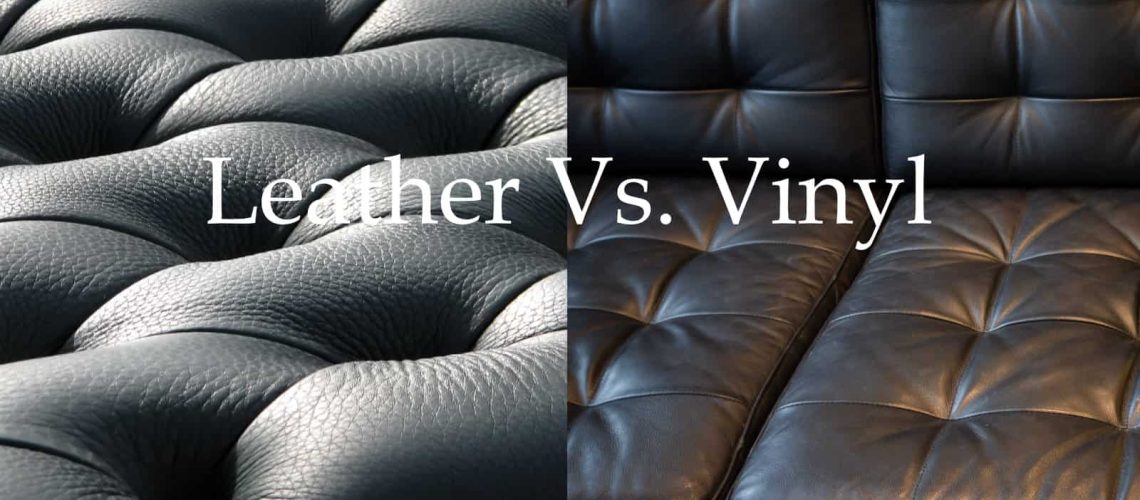Vinyl is storming the market, looking more and more like real leather, and faux leather is quickly gaining popularity. When searching for the perfect leather product, sometimes it seems like you can’t trust the label. So how do you tell if you have the real deal?
Don’t worry; there are a few easy steps that can help you determine if you’re holding leather or a substitute.
This is especially important for cleaning and maintaining your leather product, as most maintenance items that work for leather will not be effective on fake leather. Although the steps below are great at spotting real leather, keep in mind throughout the process that many materials are a mixture of both leather and vinyl, so you may get mixed results.
How to Spot Real Leather
The most obvious way to check if your product is real leather is to look at the label. If it uses the words synthetic or polyester, it’s not genuine leather. It could be a mix of real and fake or just a straight-up substitute.
If you’re dealing with a tricky tag or no label at all, try out these steps below to help you see if you’re dealing with real leather.
Is It Soft and Warm?
It might sound strange, but real leather can be spotted right away by its texture. It has a soft, warm feeling that fake leather or vinyl won’t have. You can test this out by putting your hand on it for a minute; if the material warms up quickly, it’s probably real.
Does It Stretch?
Depending on the leather product you’re looking at, check to see if it stretches. Real leather will have some flexibility, whereas vinyl is stiff and firm. If you’re looking at a chair or a sofa and can’t stretch the product, try pushing the surface to see if it has any give.
Should It Wrinkle?
Real leather should actually wrinkle. It might sound strange at first, but it should crease slightly if you apply pressure on leather. Vinyl, as mentioned above, has a stiff, smooth surface with plenty of resistance. So if it’s wrinkling, you’ve got the real deal.
What Should It Smell Like?
If you’ve ever walked into a store that sells leather products, you know the smell. It’s a rich, oaky scent that is almost impossible to replicate with vinyl and faux leather. If you can’t recognize the scent, remember that if there’s no smell at all, it’s probably not real leather.
What Are Pores and Should My Leather Have Them?
The reality is that real leather comes from real animals. This means high-quality products will, in fact, have pores. Use this to your advantage when checking your leather, as a glance at the surface might tell you all you need to know.
Why Should I Care?
Real leather is superior in quality, smell, and feel to fake leather or plastics that masquerade as authentic. Additionally, one of the biggest issues with fake leather can be cleaning, as many products designed for real leather don’t work on substitute materials. If you have real leather and are worried about cleaning it, check out this page for some tips and tricks.
In Conclusion
When you test a product to see if it is real leather, remember that many materials are actually a mix of real and fake leather. This might get confusing when you’re trying to check, so pay close attention to the whole product. Remember to look for:
- Smell
- Pores
- Texture
- Wrinkles
- Warmth
Keep an eye on the sides and back of what you’re buying, whether it’s a chair, sofa, or briefcase, especially if you’re looking for something that is genuine leather. If you buy a mixture, pay careful attention to what products you use when cleaning it.
There’s nothing quite like the rich smell of clean, authentic leather. Embrace the high-quality material, and enjoy being able to spot the differences between the real and the fake!

